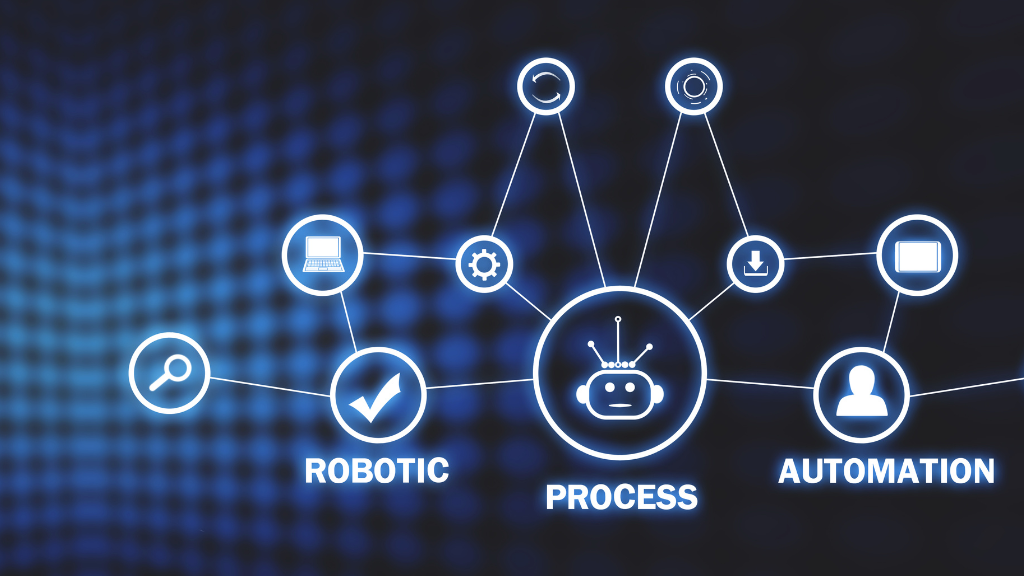In today’s digital age, cybersecurity is a top priority for organizations of all sizes and industries. As cyber threats evolve and become more complicated, organizations must stay ahead of the curve to protect themselves and their customers from potential data breaches and cyber-attacks.
One effective way to improve your security is cybersecurity automation. This post will explain the benefits of AI and automation in cybersecurity and how it can help organizations enhance their cyber defense strategy.
What is Cybersecurity Automation?

Cybersecurity automation refers to using technology to automate repetitive and time-consuming security tasks. This includes threat intelligence gathering, vulnerability assessments, incident response, compliance management, and network security.
Automation won’t replace cybersecurity jobs, and It can help organizations detect and respond to cyber threats more quickly and accurately while reducing the workload on security personnel.
Automating cybersecurity is essential for organizations looking to improve their security posture and mitigate cyber risks.
Also, Check: Will AI Replace Cybersecurity Jobs?
The Benefits of Cybersecurity Automation
Despite the challenges, cybersecurity automation has numerous benefits for organizations looking to enhance their cyber defense strategy. Here are some key benefits that will explain what automation in a security platform help provide.
Improved Threat Detection and Response
Automation can help organizations quickly detect and respond to security incidents in real-time, reducing the risk of a cyber attack going unnoticed. Automation can also help organizations analyze security incidents more effectively and provide valuable insights that can be used to improve their overall security posture.
Increased Efficiency and Productivity
By automating repetitive security tasks, organizations can free up their security teams to focus on more complex and strategic tasks. This can increase efficiency and productivity, allowing organizations to respond more quickly to security incidents and reduce the risk of a data breach.
Enhanced Compliance
Many industries and organizations are subject to various compliance regulations, such as HIPAA, PCI-DSS, and GDPR. Cybersecurity automation can help organizations comply with these regulations by automating the collection and analysis of security data and providing detailed reports demonstrating compliance.
Cost Savings
Cybersecurity automation can help organizations save money by reducing the need for manual security tasks and streamlining security operations. By reducing the workload on security teams, organizations can avoid hiring additional staff, resulting in cost savings.
Improved Visibility
Automation can give organizations improved visibility into their security operations, allowing them to better understand their security posture and identify improvement areas. This can help organizations make better-informed decisions about their security investments and prioritize their security efforts.
Cybersecurity Automation Projects Examples
Endpoint Protection
With the increasing number of endpoints, it is challenging for security teams to keep up with the vulnerabilities and potential security breaches. Cybersecurity automation can help organizations automate endpoint protection by deploying advanced antivirus and malware protection, patch management, and vulnerability management.
Network Security
Organizations can use automation to monitor network traffic, detect anomalies, and mitigate real-time attacks. Cybersecurity automation can also automate firewall management, switch and router configurations, and intrusion detection systems.
Identity and Access Management (IAM)
Cybersecurity automation can help organizations automate IAM by implementing policies that govern access to IT resources based on user roles and permissions. This automation can help reduce the risk of insider threats by restricting access to sensitive information only to those needing it.
Incident Response
Cybersecurity automation can automate incident response, including detecting incidents, alerting the security team, and initiating incident response procedures.
Threat Intelligence
The core functional role of automation is to convert the detection of a threat. Cybersecurity automation can automate the collection and analysis of threat intelligence, providing security teams with timely and accurate information about potential cyber threats.
Implementing Cybersecurity Automation
A cybersecurity automation engineer is a professional who specializes in the design, implementation, and maintenance of automated cybersecurity solutions. To implement cybersecurity automation, organizations need to start by identifying the security processes that can be automated. They should then evaluate the available security automation tools and select the best suited for their needs.
Once the tools have been selected, organizations should ensure they have the resources and skills to manage and maintain them effectively.
Here are different automated cybersecurity tools that can be helpful.
Cybersecurity Automation Tools
Security Information and Event Management (SIEM) tools
It monitors network traffic and logs data to detect anomalies and potential security threats.
Intrusion Detection Systems (IDS) and Intrusion Prevention Systems (IPS)
These tools monitor network traffic and identify potential intrusions or attacks. IDS systems can alert administrators to potential threats, while IPS systems can block attacks in real time.

Vulnerability scanners
These tools identify vulnerabilities in software and systems that attackers could exploit. They can also provide recommendations for how to patch or mitigate these vulnerabilities.
Anti-malware and antivirus software
These tools detect and remove malicious software from computers and networks, including viruses, spyware, and ransomware.
Security orchestration, automation, and response (SOAR) platforms
SOAR platforms automate security incident response workflows and enable security teams to collaborate more effectively.
Conclusion
Cybersecurity automation is an effective solution for organizations to enhance their cybersecurity defenses. Automation can help organizations detect and respond to security incidents more quickly and effectively, increase efficiency and productivity, ensure compliance, and save costs.
However, organizations must know the challenges and ensure they have the necessary skills and resources to manage and maintain their automation tools. With the right approach, cybersecurity automation can be a helpful tool in the fight against cyber threats.






0 Comments